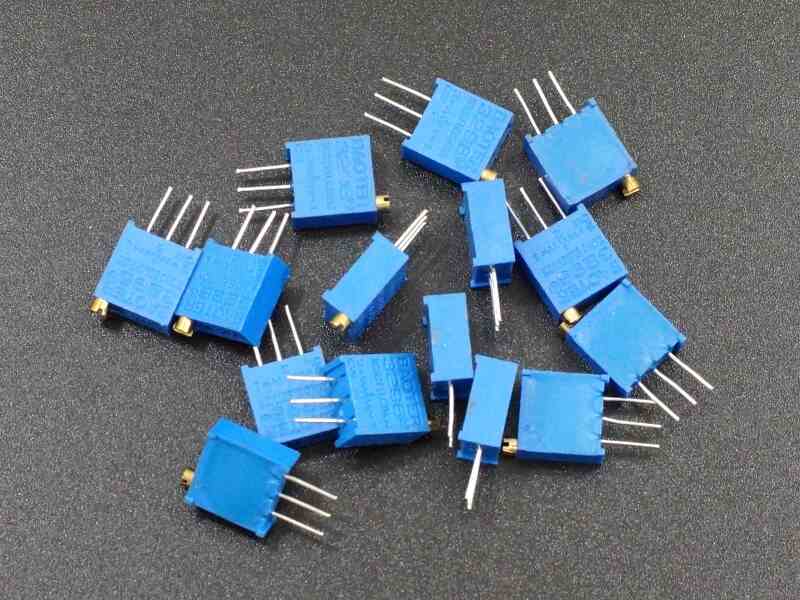Voltmeter
Voltmeter, instrument that measures voltages of either direct or alternating electric current on a scale usually graduated in volts, millivolts (0.001 volt), or kilovolts (1,000 volts). The typical commercial or laboratory standard voltmeter in use today is likely to employ an electromechanical mechanism in which current flowing through turns of wire is translated into a reading of voltage. Other types of voltmeters include the electrostatic voltmeter, which uses electrostatic forces and, thus, is the only voltmeter to measure voltage directly rather than by the effect of current. The potentiometer operates by comparing the voltage to be measured with known voltage; it is used to measure very low voltages. The electronic voltmeter, which has largely replaced the vacuum-tube voltmeter, uses amplification or rectification (or both) to measure either alternating- or direct-current voltages. The current needed to actuate the meter movement is not taken from the circuit being measured; hence, this type of instrument does not introduce errors of circuit loading.

digital voltmeter
The instruments just described provide readings in analogue form, by moving a pointer that indicates voltage on a scale. Digital voltmeters give readings as numerical displays. They also provide outputs that can be transmitted over distance, can activate printers or typewriters, and can feed into computers. Digital voltmeters generally have a higher order of accuracy than analogue instruments.
An instrument that also measures ohms and amperes (in milliamperes) is known as a volt-ohm-milliammeter, or sometimes as a multimeter.


